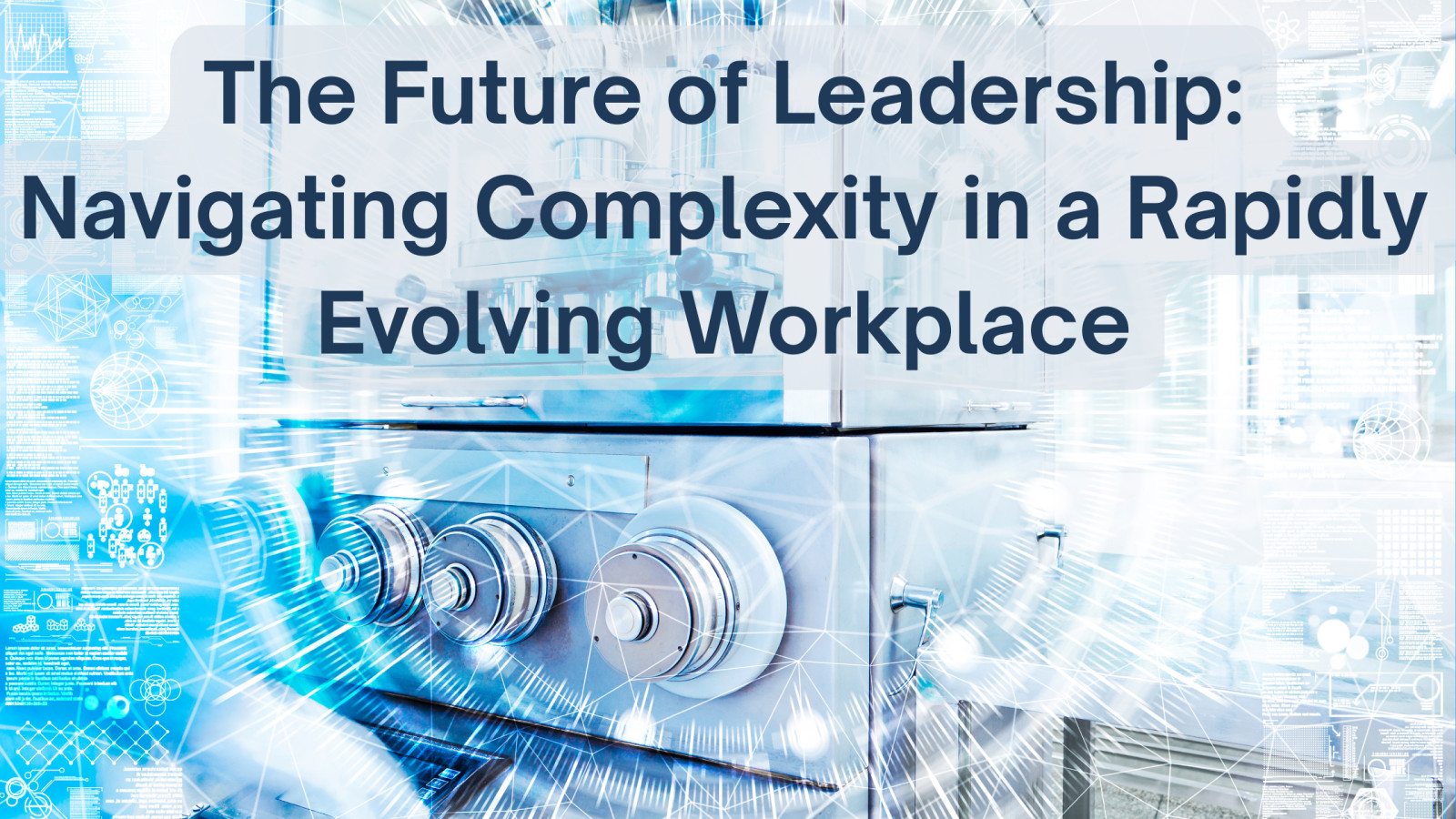
Leadership has never been more challenging—or more crucial. As we move through 2025, leaders face unprecedented complexities that demand new approaches, skills, and mindsets. I am writing this blog post on how forward-thinking leaders can thrive amid uncertainty while creating sustainable value for their organizations
The Evolving Leadership Landscape
The definition of effective leadership continues to evolve as organizations grapple with technological disruption, changing workforce expectations, and economic uncertainty. According to recent Harvard Business Review research, leaders now face three challenges:
- Building future-ready workforces in the face of rapid skill obsolescence
- Redefining the role of managers as AI and automation reshape organizational structures
- Addressing emerging talent risks, including burnout, disengagement, and the growing expertise gap
These challenges require a fundamental shift in how we conceptualize leadership. As McKinsey notes in their research on “The New Possible,” HR and leadership teams must simultaneously focus on three core areas: identity (purpose and culture), agility (flexible structures and processes), and scalability (technology and data enablement).
While technological proficiency grows increasingly important, emotional intelligence (EI) remains the cornerstone of effective leadership. As AI capabilities expand, distinctly human skills like empathy, self-awareness, and relationship management become even more valuable.
Research consistently shows that leaders with high emotional intelligence create psychologically safer workplaces, foster greater innovation, and achieve better business outcomes. At a time when employee well-being and mental health concerns are paramount, emotionally intelligent leaders who can recognize and respond to their teams’ needs hold a significant advantage.
The ability to navigate what McKinsey researchers call the “Three-Brain Tango”—balancing rational thinking, emotional processing, and instinctive responses—proves especially crucial during high-pressure situations and organizational change.
Building Resilient, Purpose-Driven Teams
Today’s most effective leaders understand that organizational resilience stems from purpose-driven teams aligned around shared values. Recent LinkedIn HR trend analyses highlight that employees increasingly seek meaning in their work beyond financial compensation.
Leadership development now must incorporate:
- Purpose articulation: Clearly communicating the “why” behind organizational goals
- Values alignment: Ensuring decision-making frameworks reflect core organizational values
- Authentic connection: Fostering genuine human connections in increasingly digital or hybrid environments
As the Harvard Business Review points out, loneliness and social disconnection now represent significant business risks. Leaders who create conditions for meaningful collaboration and community within their teams gain substantial advantages in engagement, retention, and productivity.
Embracing the AI Leadership Revolution
The integration of artificial intelligence into leadership processes represents both a tremendous opportunity and a significant challenge. According to the latest research, AI is already reshaping leadership in several key ways:
- Enhanced decision-making: AI-powered analytics providing leaders with deeper insights and scenario planning
- Personalized development: Adaptive learning systems tailoring leadership development to individual needs
- “Nudge tech”: AI-enabled systems helping leaders maintain awareness of team members preferences and needs
However, the research also reveals growing concerns about “algorithmic management,” with some employees already perceiving AI as fairer than human managers—a stark warning about eroding trust in leadership. Forward-thinking leaders must leverage AI while maintaining the human connection and judgment that define great leadership.
Leading Through Uncertainty: The Path Forward
The convergence of technological change, economic volatility, demographic shifts, and evolving social expectations creates unprecidented complexity for today’s leaders. Yet within this complexity lie remarkable opportunities for those who can adapt.
The most successful leaders in this environment will:
- Balance innovation with stability: Creating psychologically safe spaces for experimentation while maintaining necessary structure
- Foster continuous learning: Building organizations that learn and adapt continuously rather than episodically
- Simplify wherever possible: Reducing unnecessary complexity in systems, processes, and communication
- Prioritize well-being: Recognizing that sustainable performance requires sustainable people practices
Key Takeaways from Complexity Leadership Theory
For those looking to enhance their leadership capabilities or advance their careers, here are practical insights from the latest complexity theory research:
- Implement the probe-sense-respond approach - Rather than planning exhaustively, conduct small experiments, observe the results carefully, and quickly adjust based on what you learn. For example, test new work arrangements with a small team before rolling out company-wide changes.
- Create psychological safety for adaptive challenges - When facing problems with no clear solutions, explicitly communicate that experimentation and “smart failures” are valued. Set aside 15 minutes in team meetings to discuss lessons from recent failures without blame.
- Establish network connectors across silos - Identify and empower individuals who naturally bridge different departments or expertise areas. Give these network connectors formal time (10-20% of their schedule) to facilitate cross-functional collaboration.
- Design for appropriate autonomy - Clearly differentiate where tight control is needed (compliance, safety) from where autonomy drives innovation. Create simple decision rules that outline when teams can act independently versus when they need approvals.
- Use digital twins for scenario testing - Leverage simulation tools to explore the potential impacts of decisions before implementation. Start with simple process maps for key workflows, then gradually increase sophistication.
- Develop real-time feedback mechanisms - Implement regular pulse surveys (3-5 questions weekly) and create simple dashboards that make patterns visible to everyone, not just leadership.
- Recognize emergent leadership - Look beyond formal roles to identify and support individuals who naturally help teams adapt and solve problems. Create recognition systems that reward these behaviors, not just traditional leadership traits.
- Manage at the “edge of chaos” - Learn to recognize when your organization is too rigid (resistant to necessary change) or too chaotic (unable to execute consistently). Adjust constraints and feedback cycles accordingly to find the productive middle ground.
As we look toward the future, leadership’s fundamental purpose remains unchanged: to help people and organizations achieve their fullest potential. What has changed are the contexts, challenges, and tools through which this purpose is realized. By developing emotional intelligence, fostering purpose-driven teams, embracing appropriate technologies, and leading with authenticity through uncertainty, today’s leaders can navigate complexity while creating meaningful, sustainable impact.
Ready to transform these insights into tangible leadership growth? Nimir Raval offers specialized coaching programs to help you thrive in today’s complex business environment. Explore the Leadership Coaching Packages and Workshops to find a structured development path tailored to your unique challenges and goals. For leaders seeking deeper self-awareness and targeted growth, the Leadership Enneagram Coaching program offers a robust framework to understand your leadership patterns and leverage your natural strengths while addressing blind spots. The complexity of today’s leadership landscape demands more than generic solutions—it requires personalized guidance from an experienced coach who understands the nuanced challenges you face. Register today and begin your journey toward becoming the leader your organization needs tomorrow.
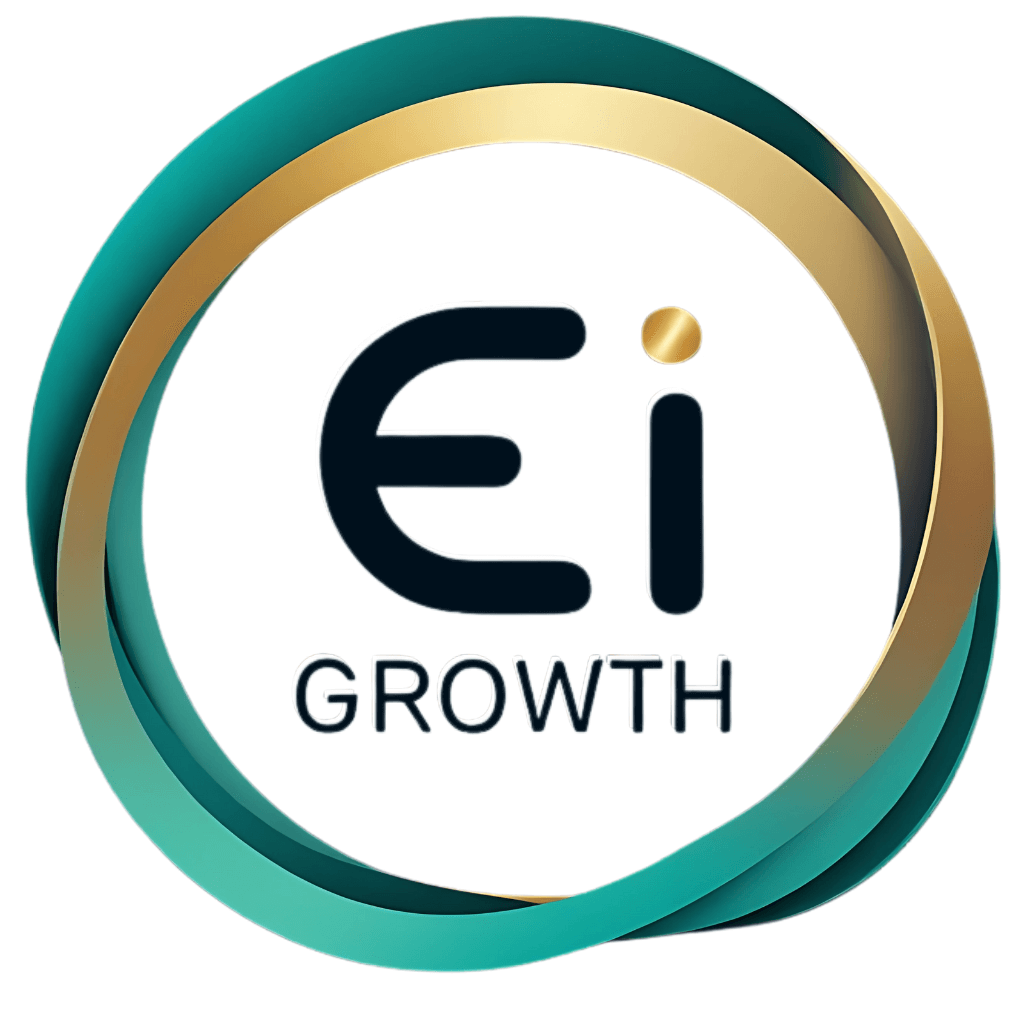
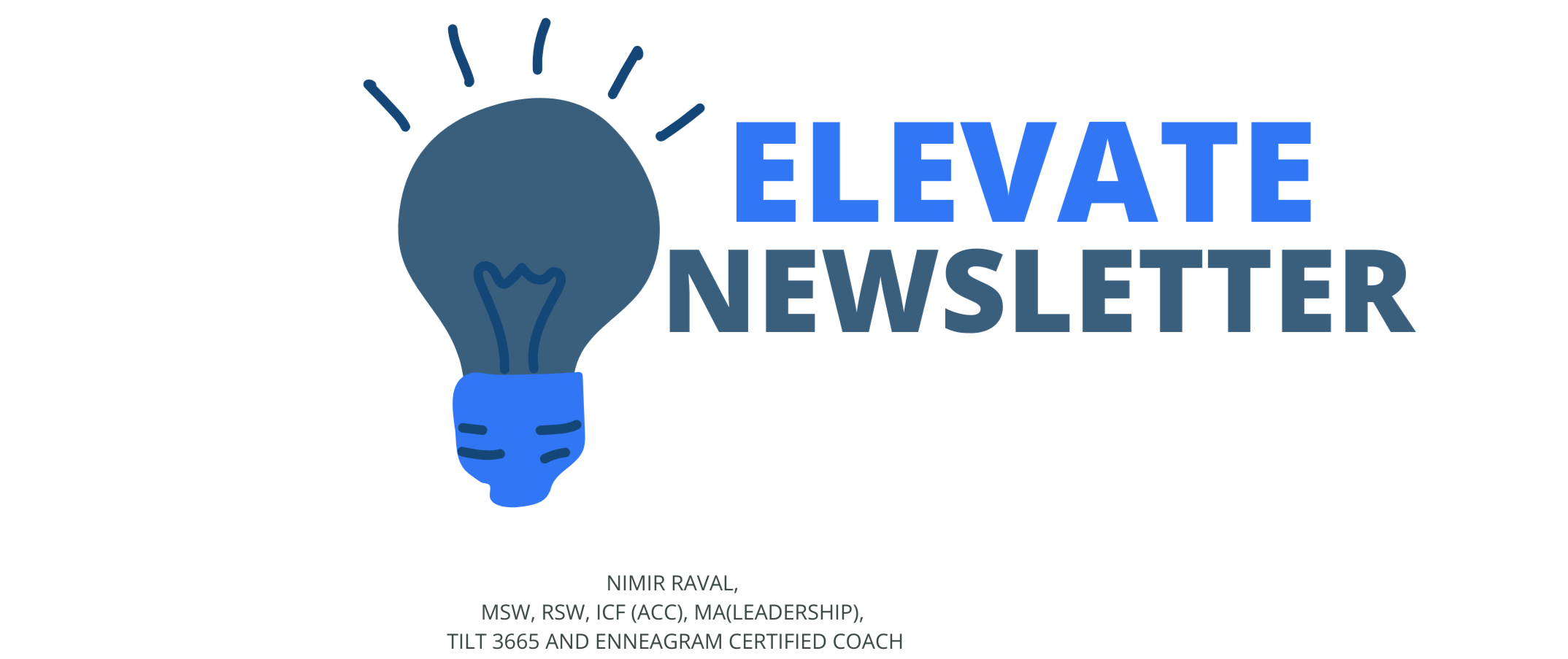



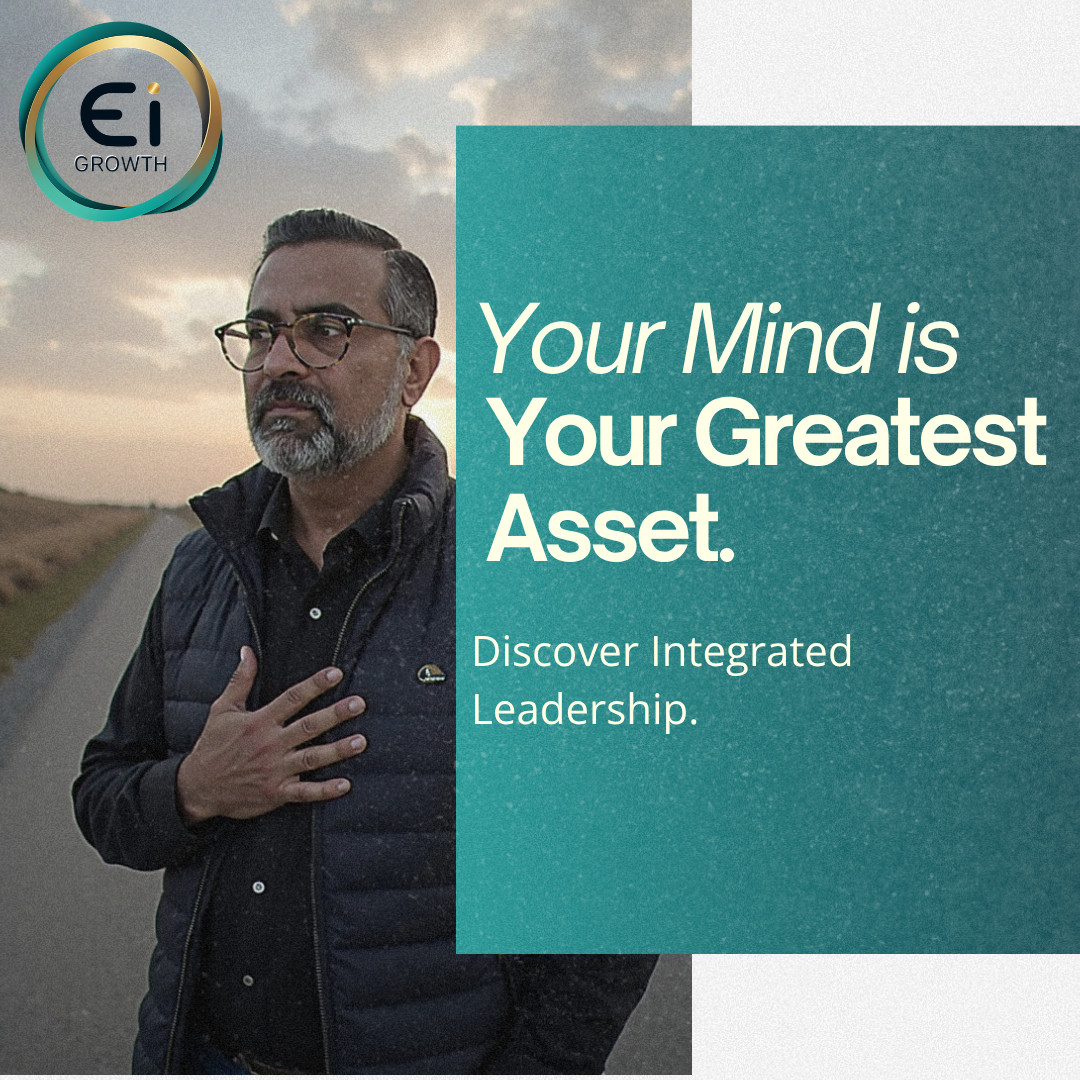




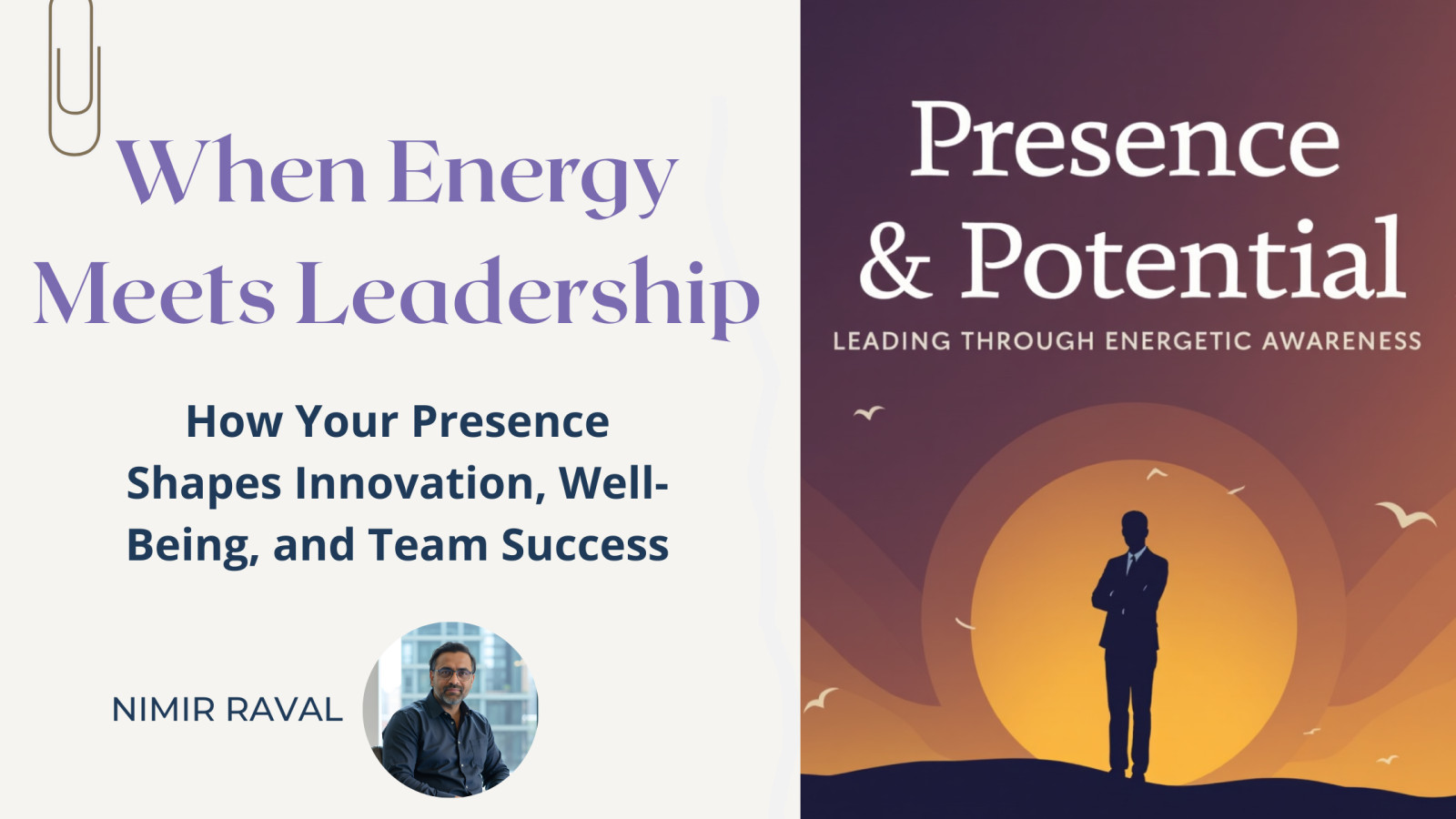

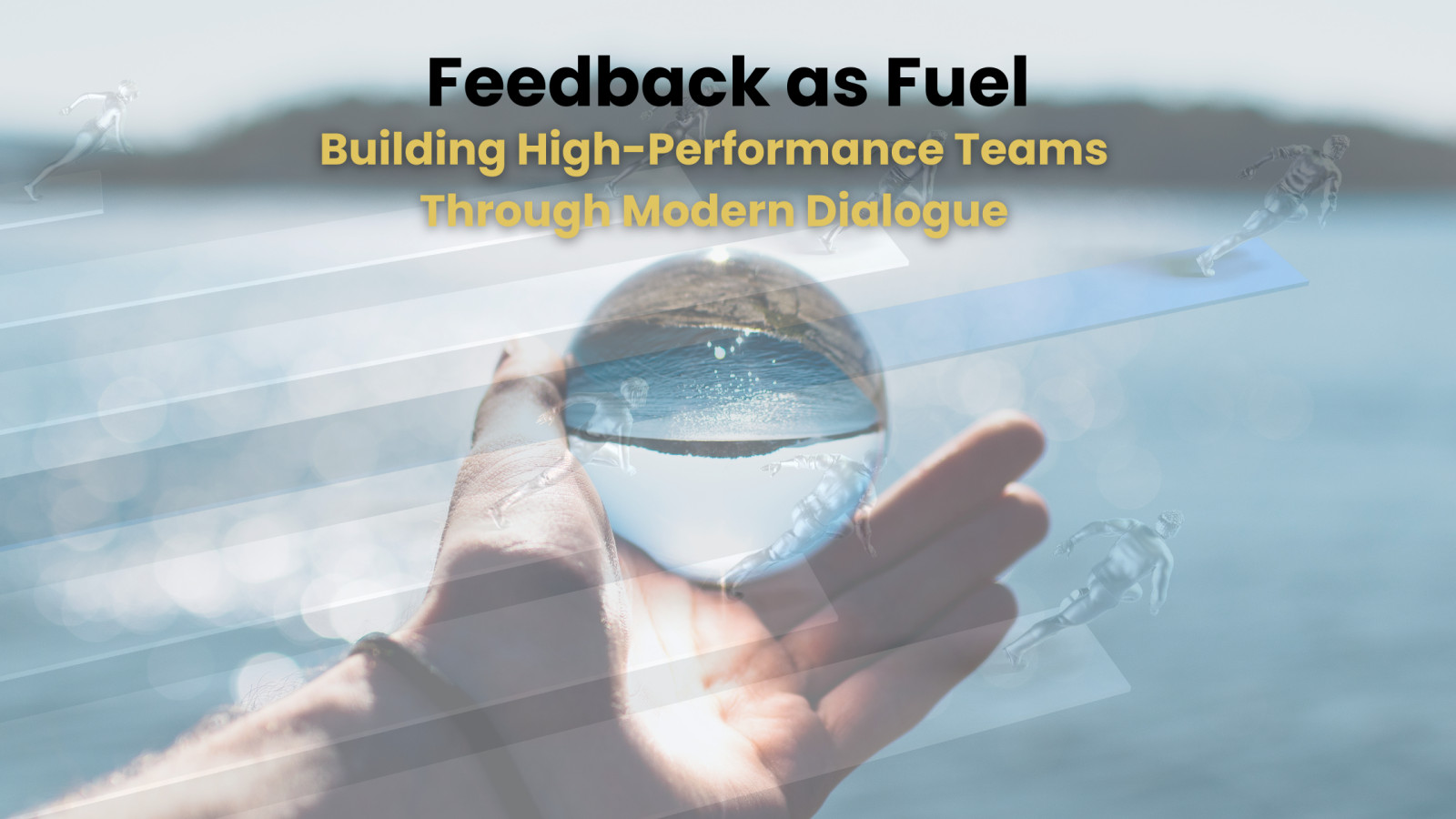
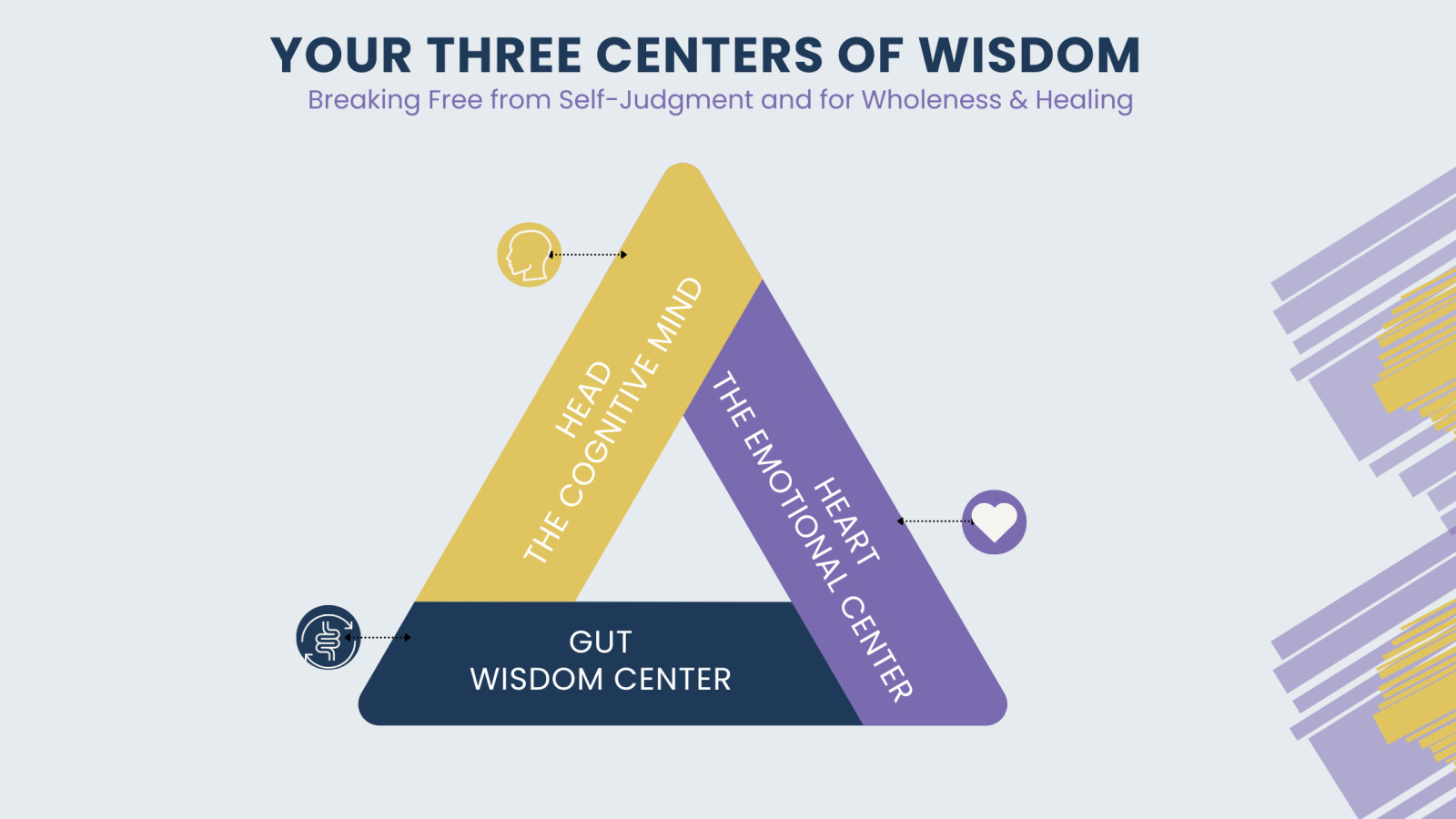

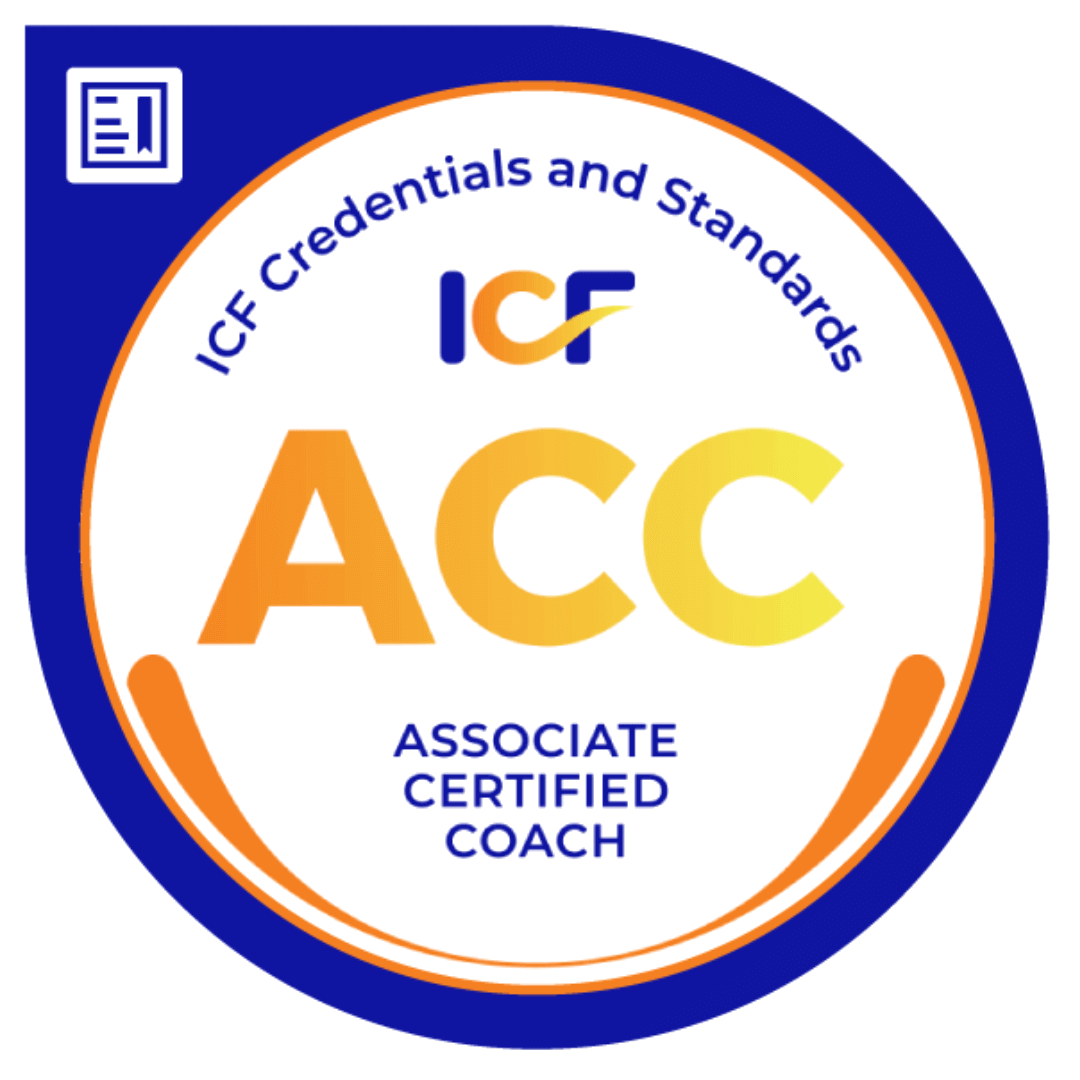
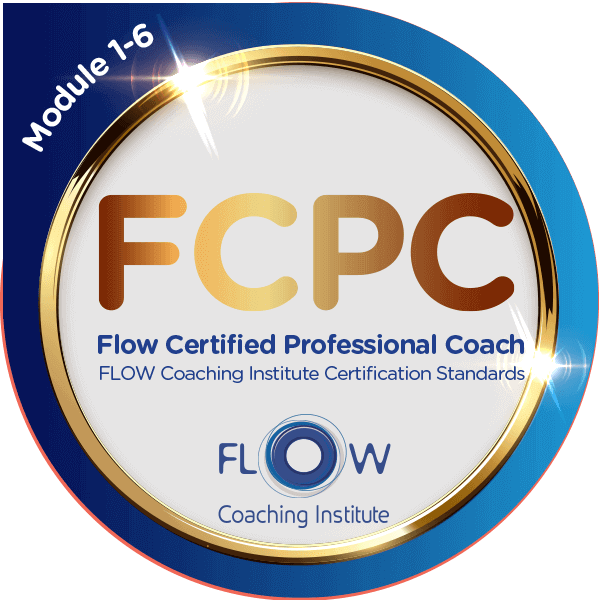
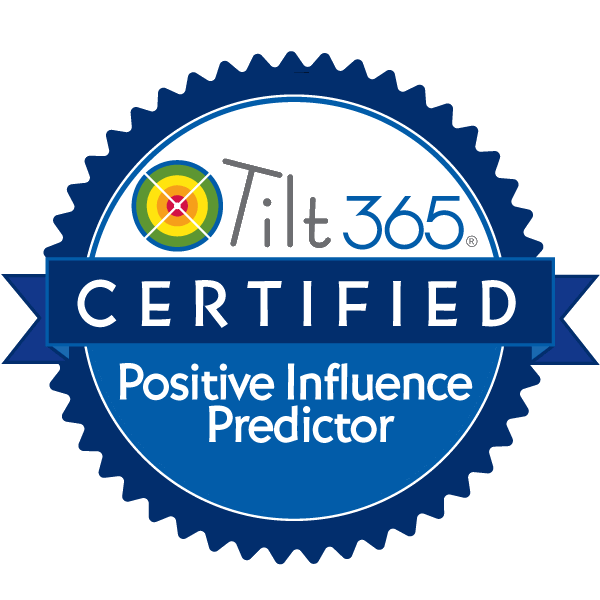
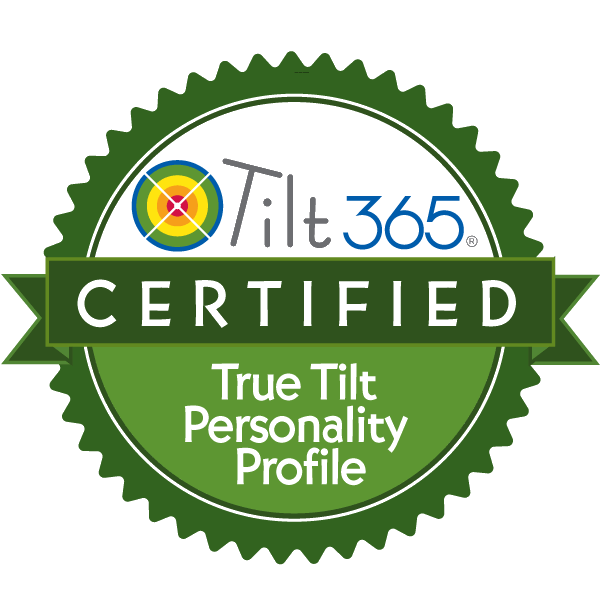
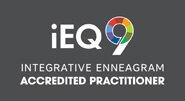
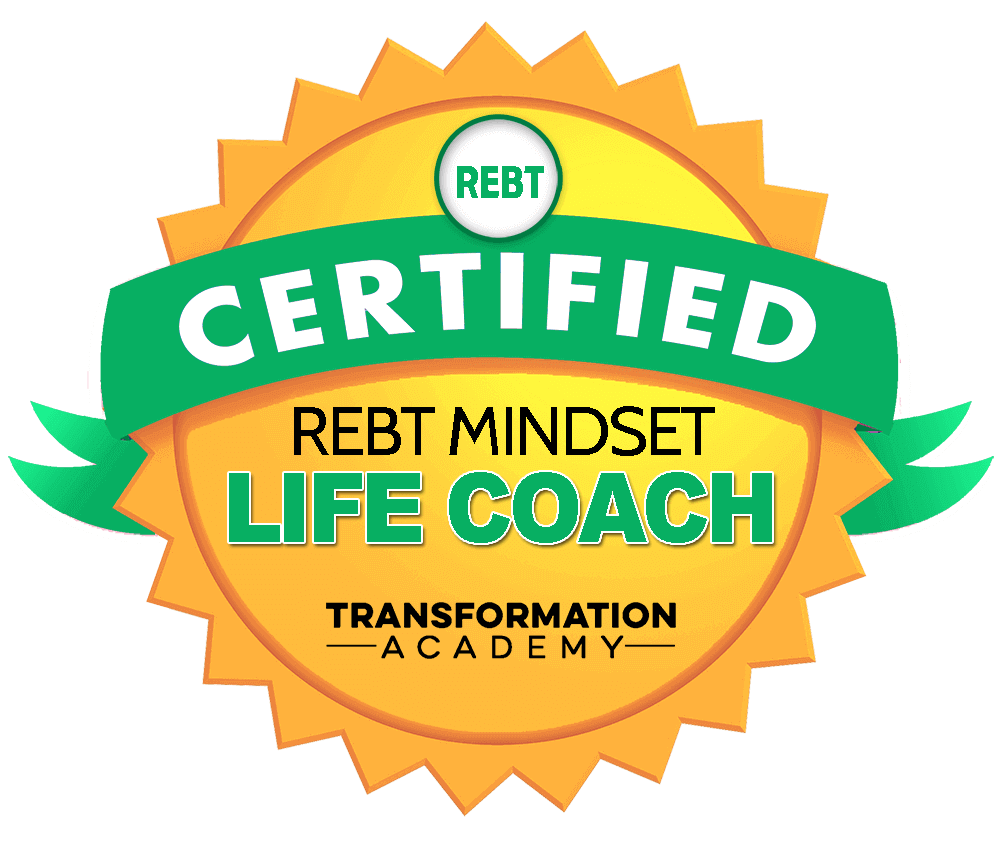
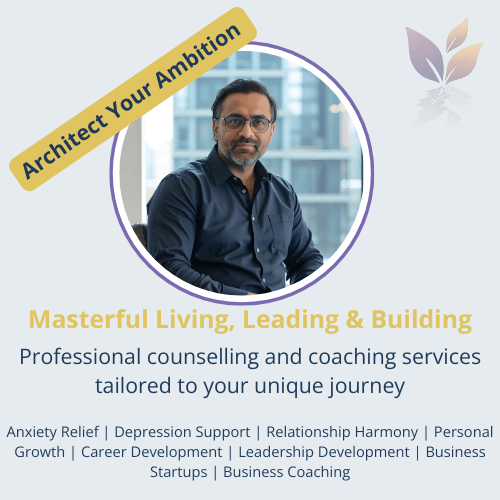
0 Comments